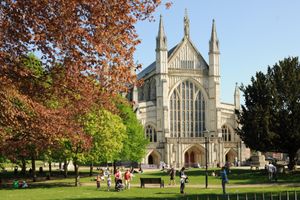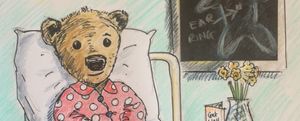In January of this year, we welcomed a new body of work from leading British artist Jake Wood-Evans to the Gallery in Winchester Discovery Centre, working in collaboration with gallery, Unit London. Wood-Evans lives and works in Hastings, and as well as exhibiting at art fairs internationally, his work has been shown in galleries both in London and across the UK and can also be found in private collections around the world.
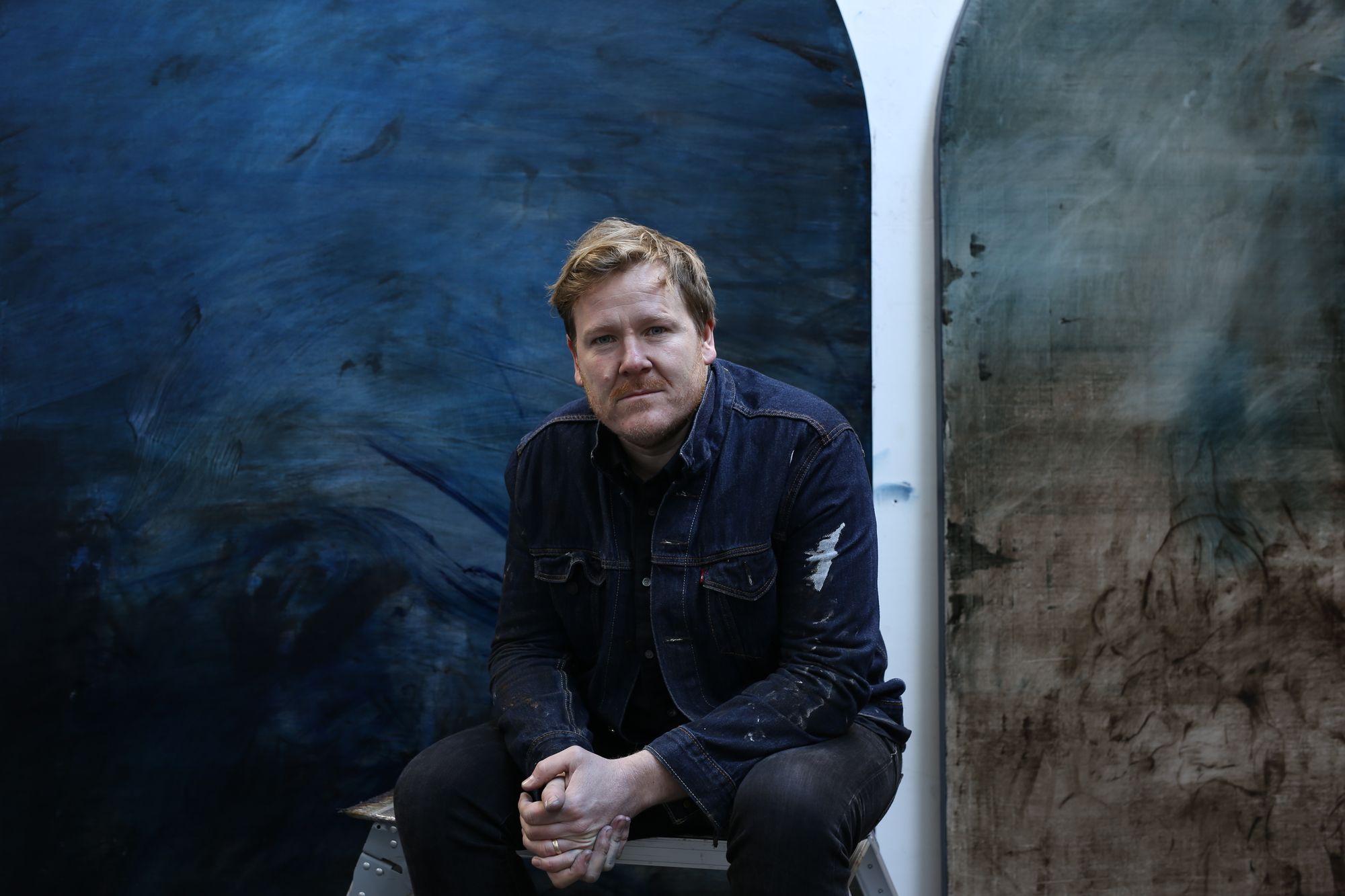
For Relic, Wood-Evans created more than 20 new works, including 16 large-scale paintings that explore his enduring themes of mortality and history. Recalling the great masterpieces of Baroque art, from Rubens to Van Dyke, Wood-Evans paintings fuse the great Romantic tradition of painting with the modernist sensibility of abstract artists such as Rothko and Motherwell. Wood-Evans brings to his art a subtle understanding of the passage of time, expressed in his appropriation of existing historic portraits, which he re-works through a process including cropping, erasure and over-painting.
In this final instalment of our online Relic exhibition, we return to the works of Rubens and also explore a further work by Poussin. You’ll find links to view each historic work that inspired Wood-Evans’ new paintings in the accompanying labels and at the end of the piece is a gallery showing Relic in place at the Gallery, Winchester Discovery Centre. You can also view the full body of work displayed in Relic in the exhibition catalogue.
Totally inspiring! These paintings glow and change as you change your view point. Gallery Visitor
The Holy Family under the Apple-Tree, after Rubens, 2019
In Rubens’ The Holy Family under the Apple-Tree,Elizabeth kneels to support her praying son, John the Baptist, while his father Zacharias offers Jesus an apple branch. The dynamic poses, sinuous curves, and bold contrasts of colour are quintessentially Rubensian characteristics. In this piece, Wood-Evans responds playfully to Rubens’ work, emphasising the hallmarks of the Flemish master: although this version has starker colour contrasts, bolder curves and more dynamism than the original.
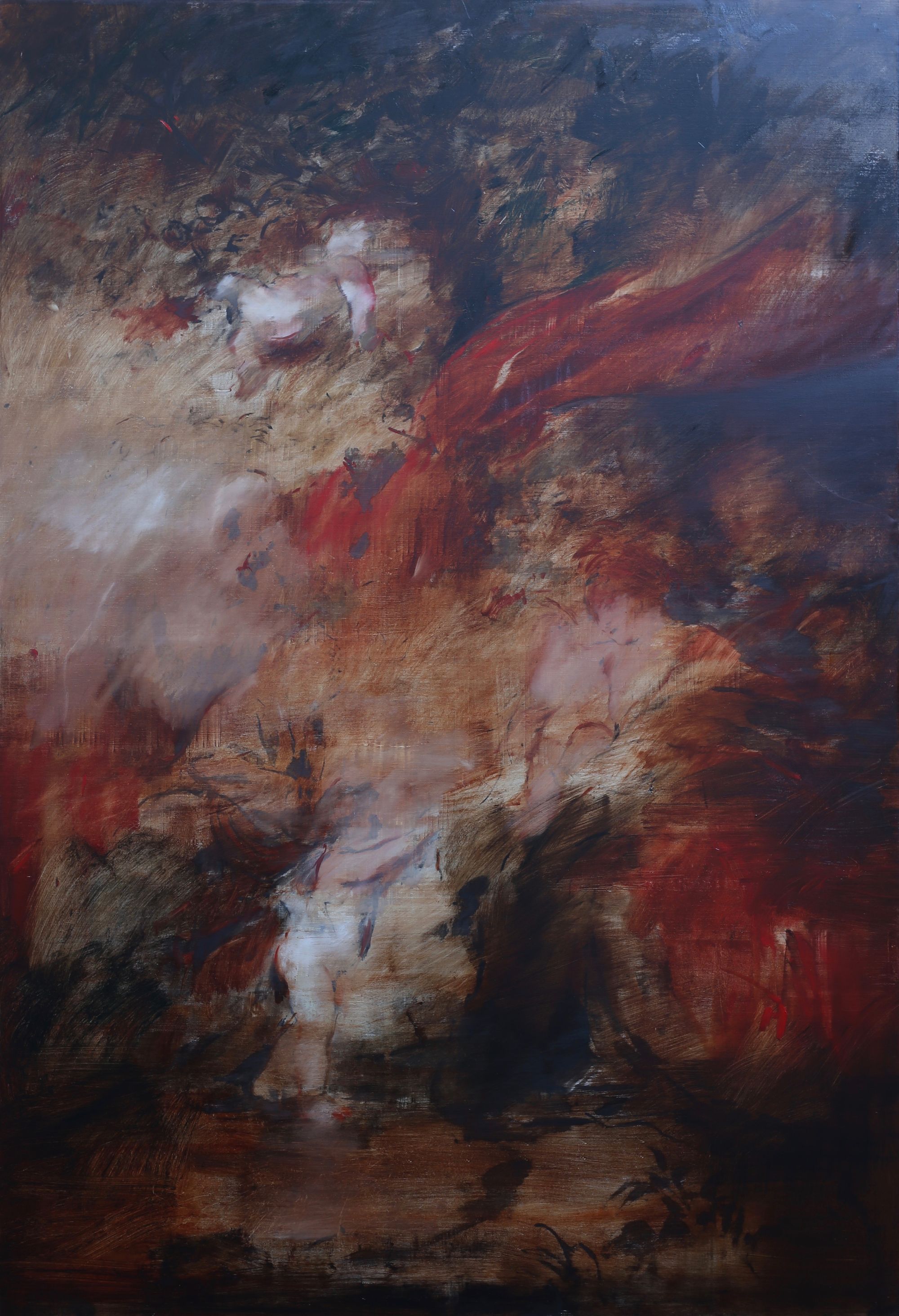
The Feast of Venus, after Rubens, part one and two, 2019
Rubens’ The Feast of Venus is a fanciful depiction of the Roman festival Veneralia, celebrated in honour of Venus Verticordia. A statue of Venus is the focal point of the work, surrounded by attendants who, in turn, are encircled by cavorting cupids, satyrs, nymphs, and maenads. In this diptych, Wood-Evans focuses on the nymphs and satyrs who represent a bachannalian ideal of pure erotic fantasy. The nymphs are twirled around to become, in Wood-Evans’ interpretation, a fairly indistinguishable tangle of sensual flesh.
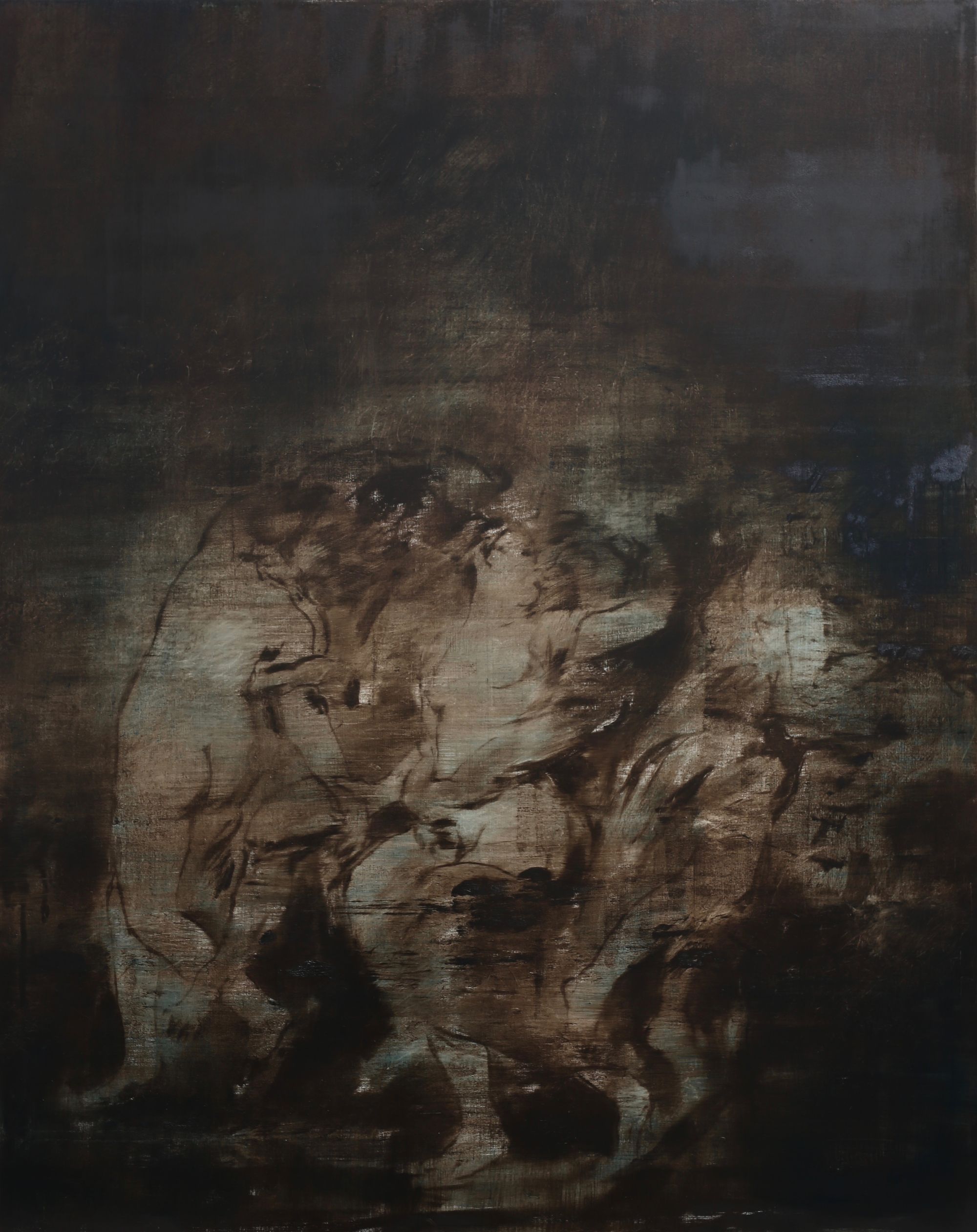
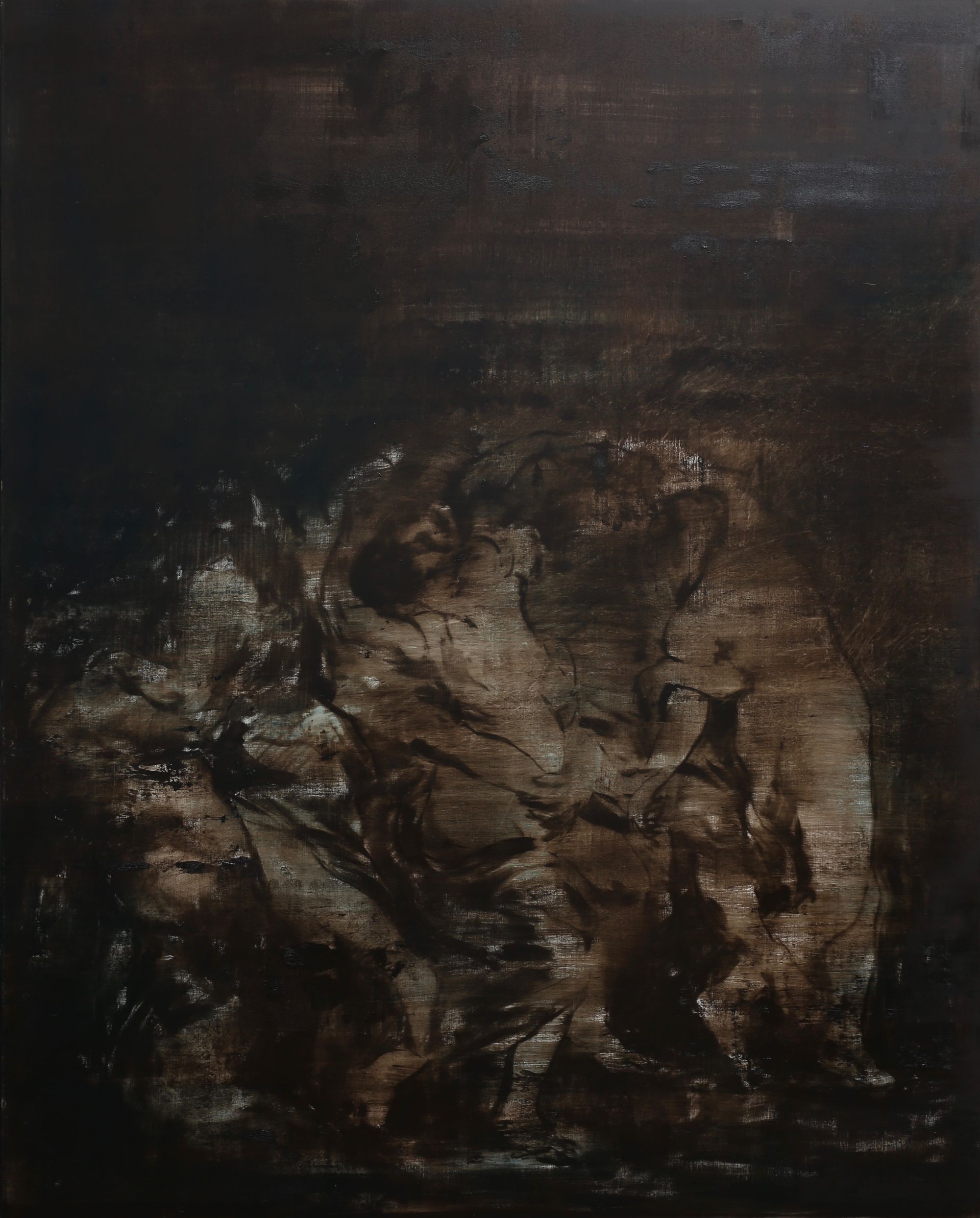
Study for The Empire of Flora, after Poussin, 2019
Painted in 1631, Poussin’s The Empire of Flora depicts a garden with trees in the left background, a flower-laden system of pergolas, a large water feature, and dancing putti. Present in the garden are a series of well-known mythological characters, mostly drawn from Ovid’s Metamorphoses. Wood-Evan’s version saps the colour from an originally verdant setting. With the loss of colour and figurative shape comes the loss of physical life. However, Wood-Evan’s canvas replaces this with a different kind of immaterial vibrancy, one comprised of abstract motion.
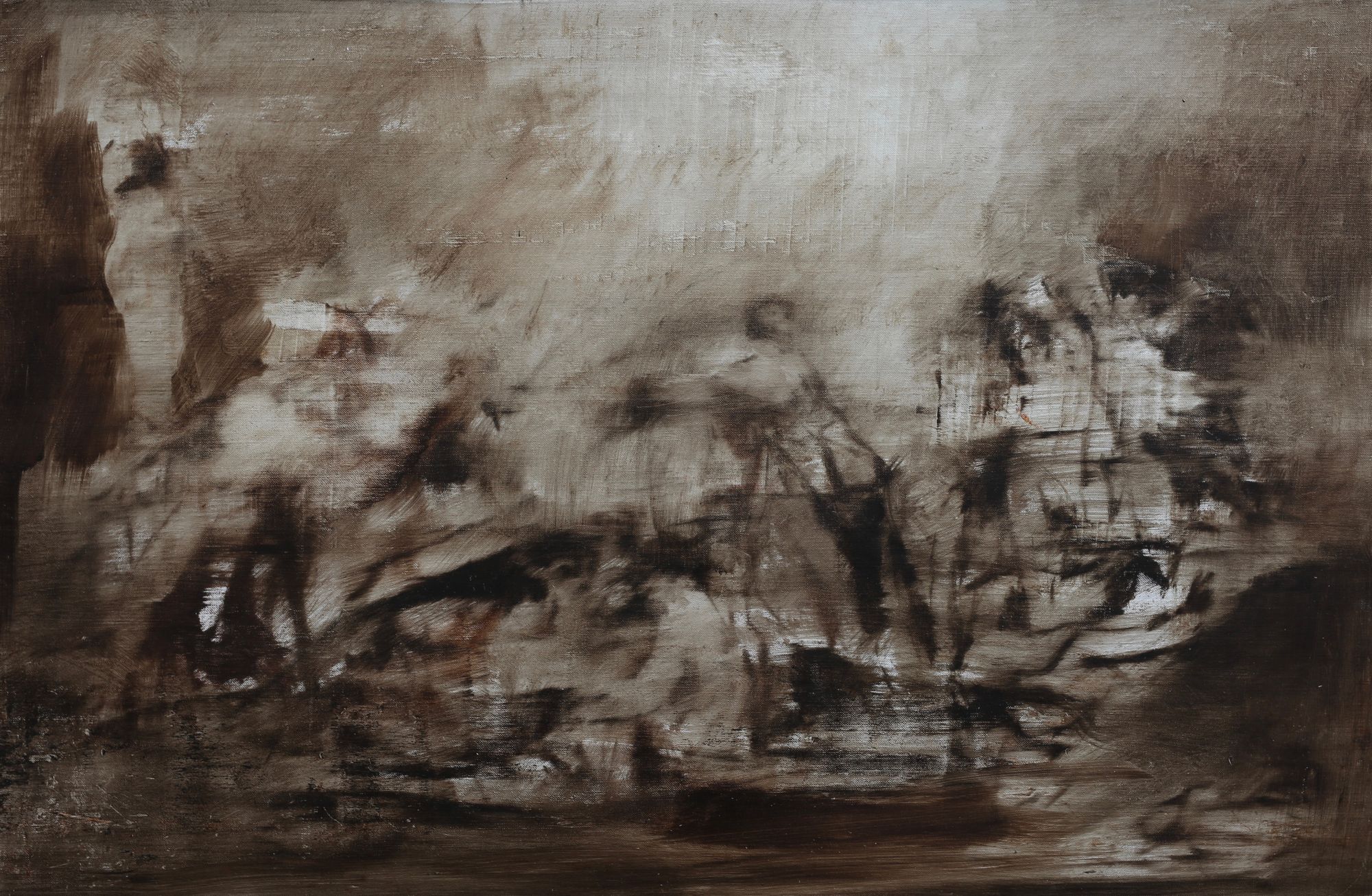
Study for The Great Last Judgement, after Rubens, 2019
Rubens painted The Great Last Judgement between 1614-1617. It was one of four altarpieces commissioned by Wolfgang William of Neuburg. Jesus is at the top centre of the painting flanked by Moses and The Virgin Mary. Rising up the left side of the painting are the blessed, whilst the damned fall to hell on the right. Wood-Evan’s captures this flux between earth and heaven beautifully. The application of paint on the left-hand side hints at elevation, whilst on the right the brushstrokes seem to guide the movement downwards. When viewed in totality, this makes the movement of the work appear circular, as if in clockwise rotation, swirling inwards to the calm section of sky in the centre.
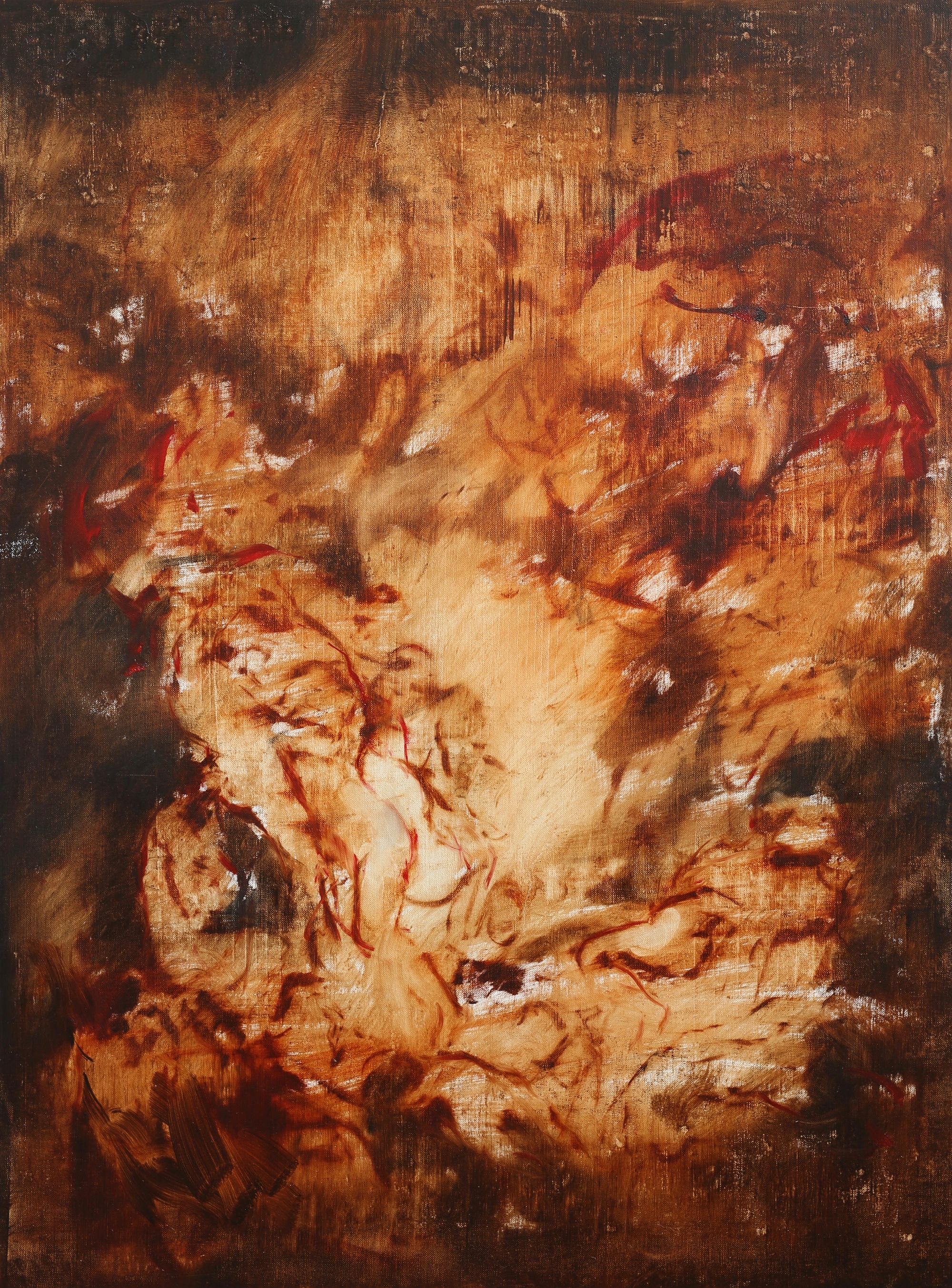
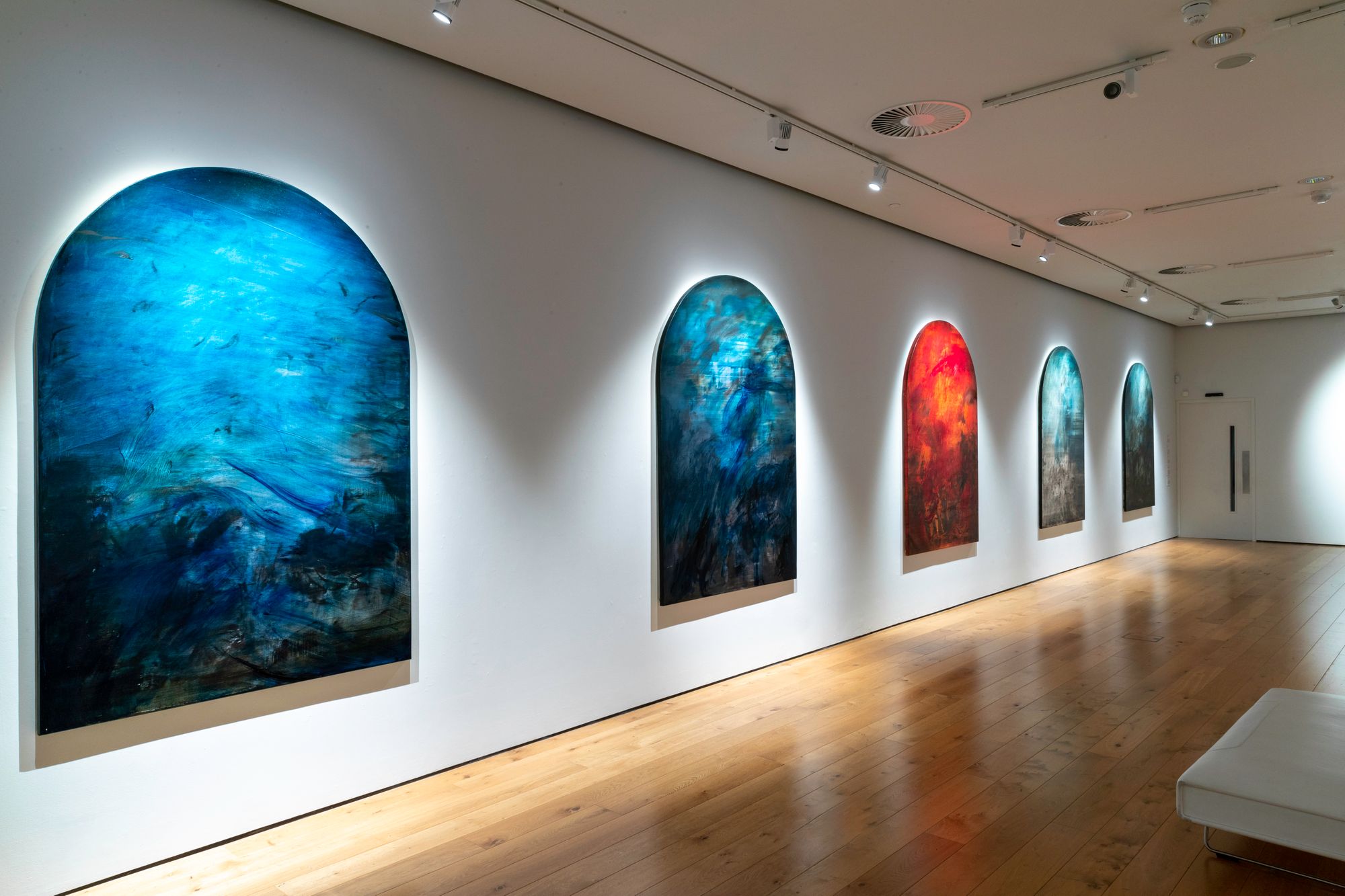
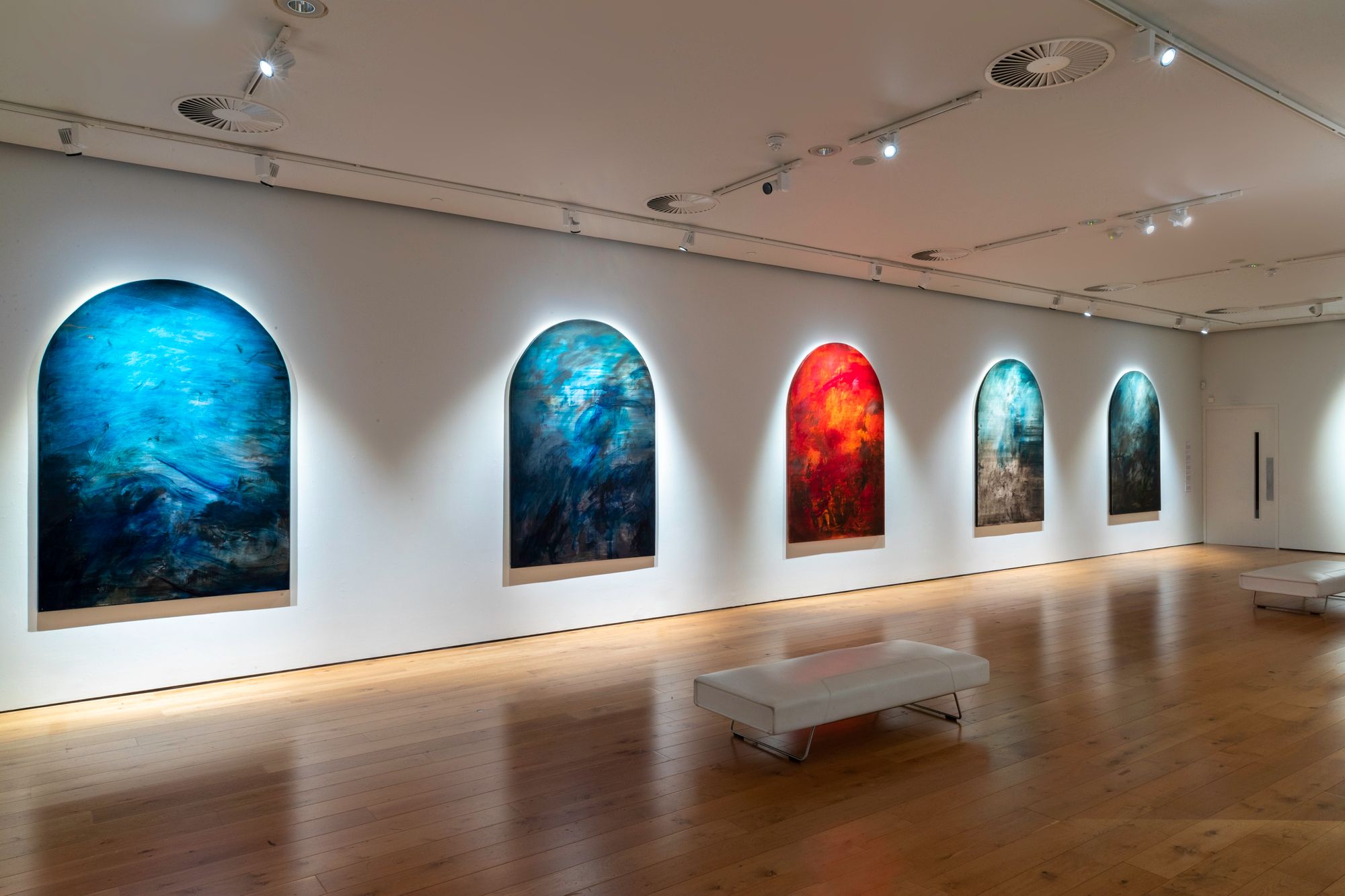
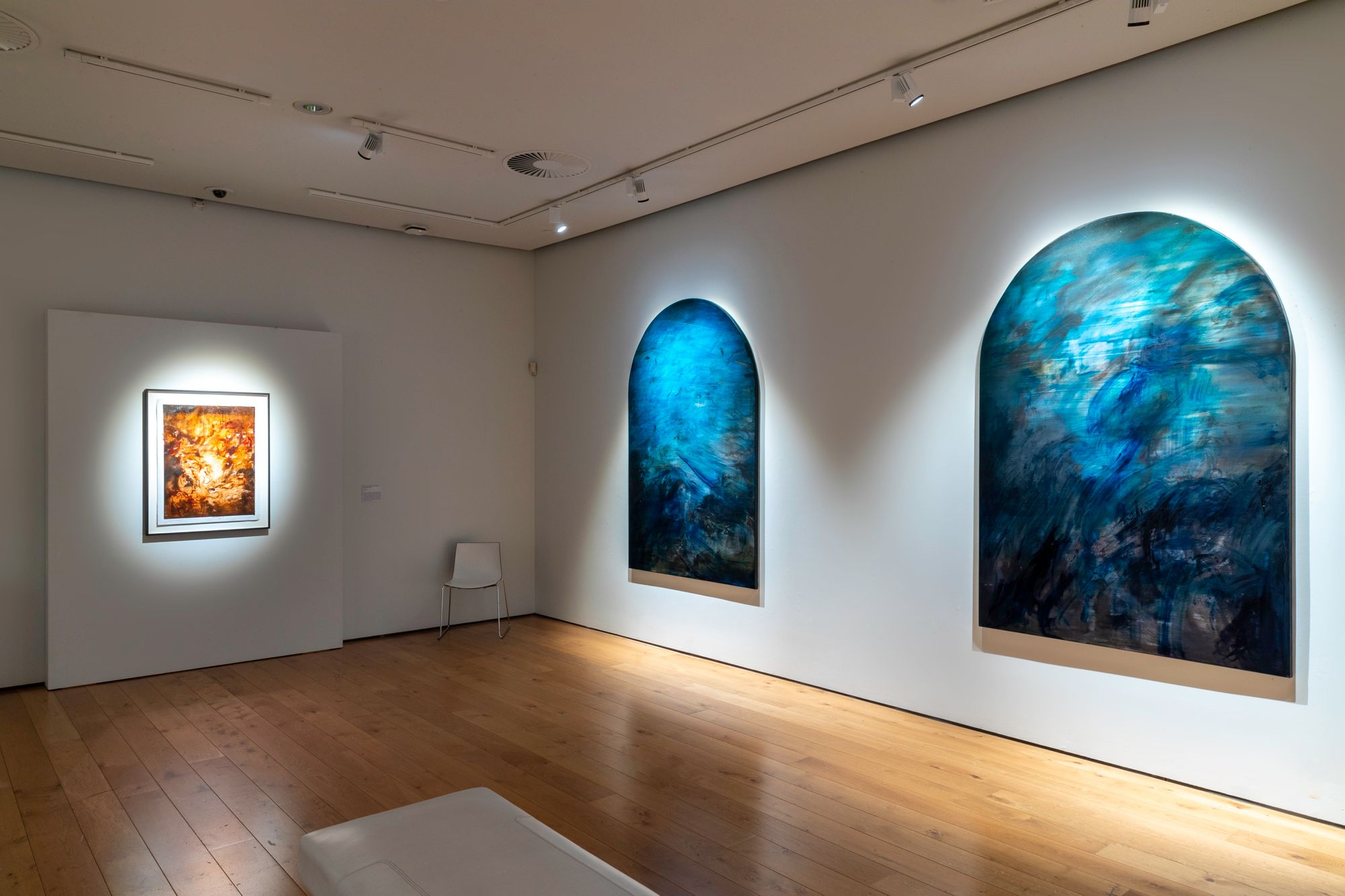
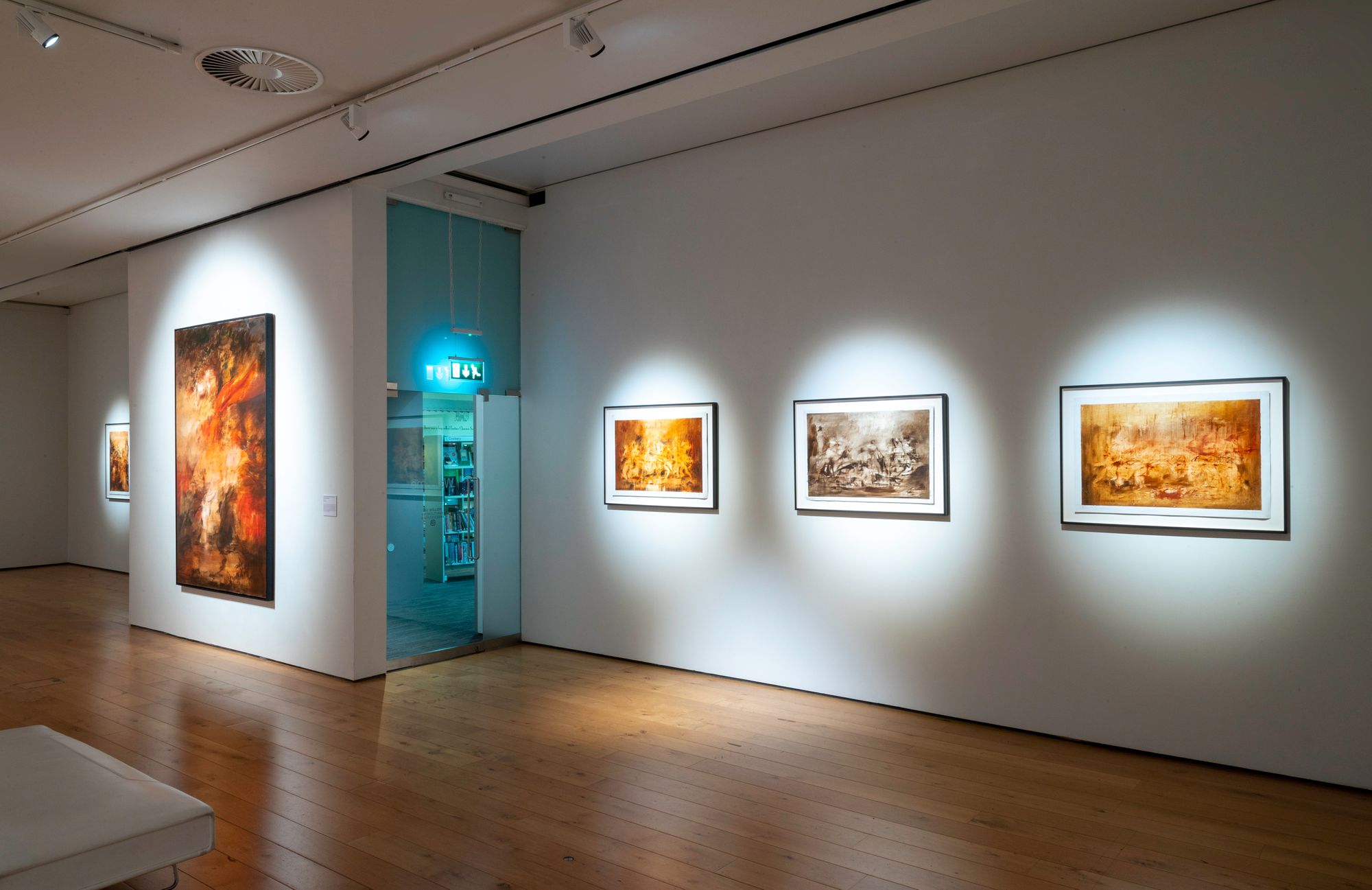
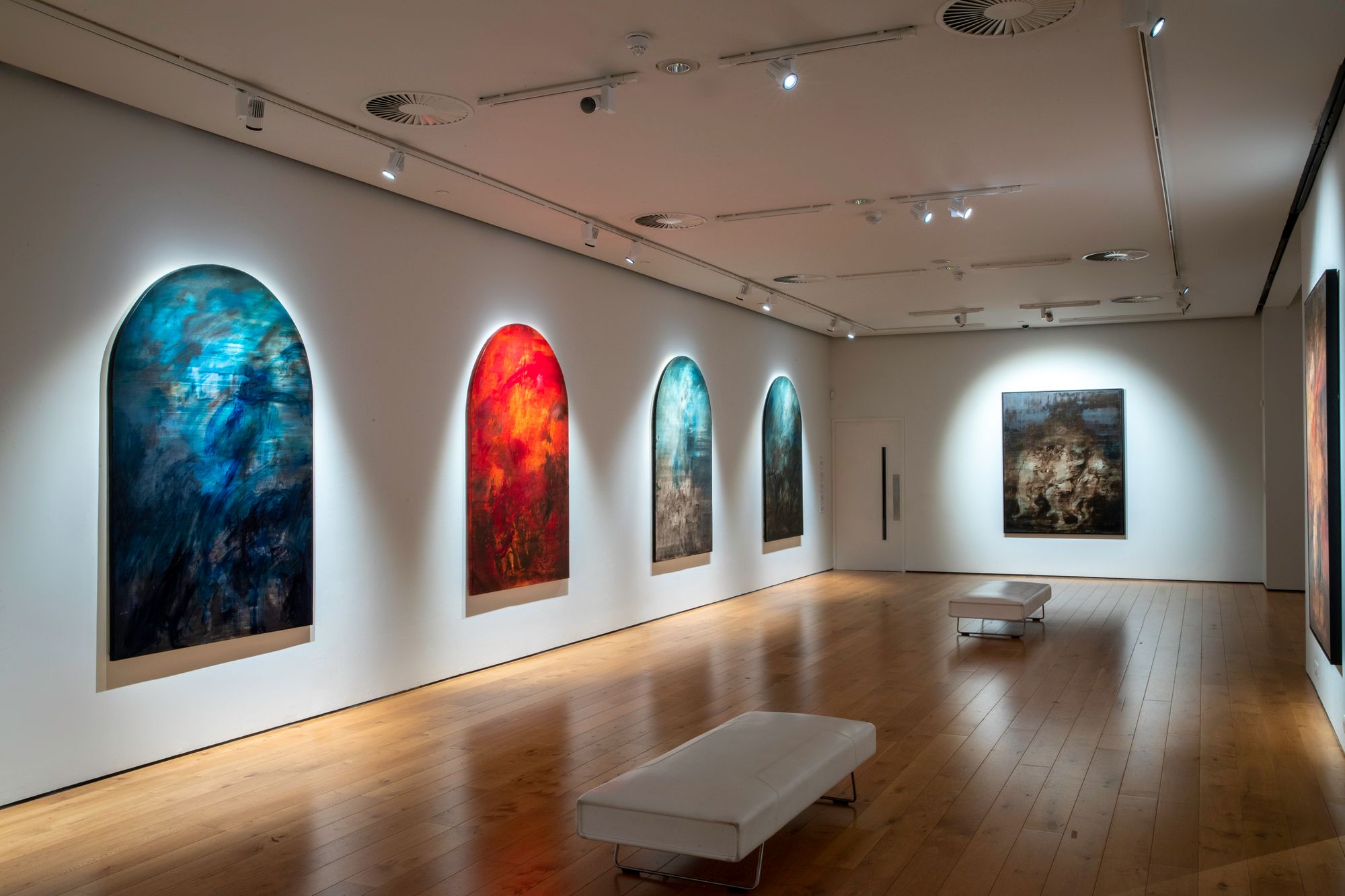
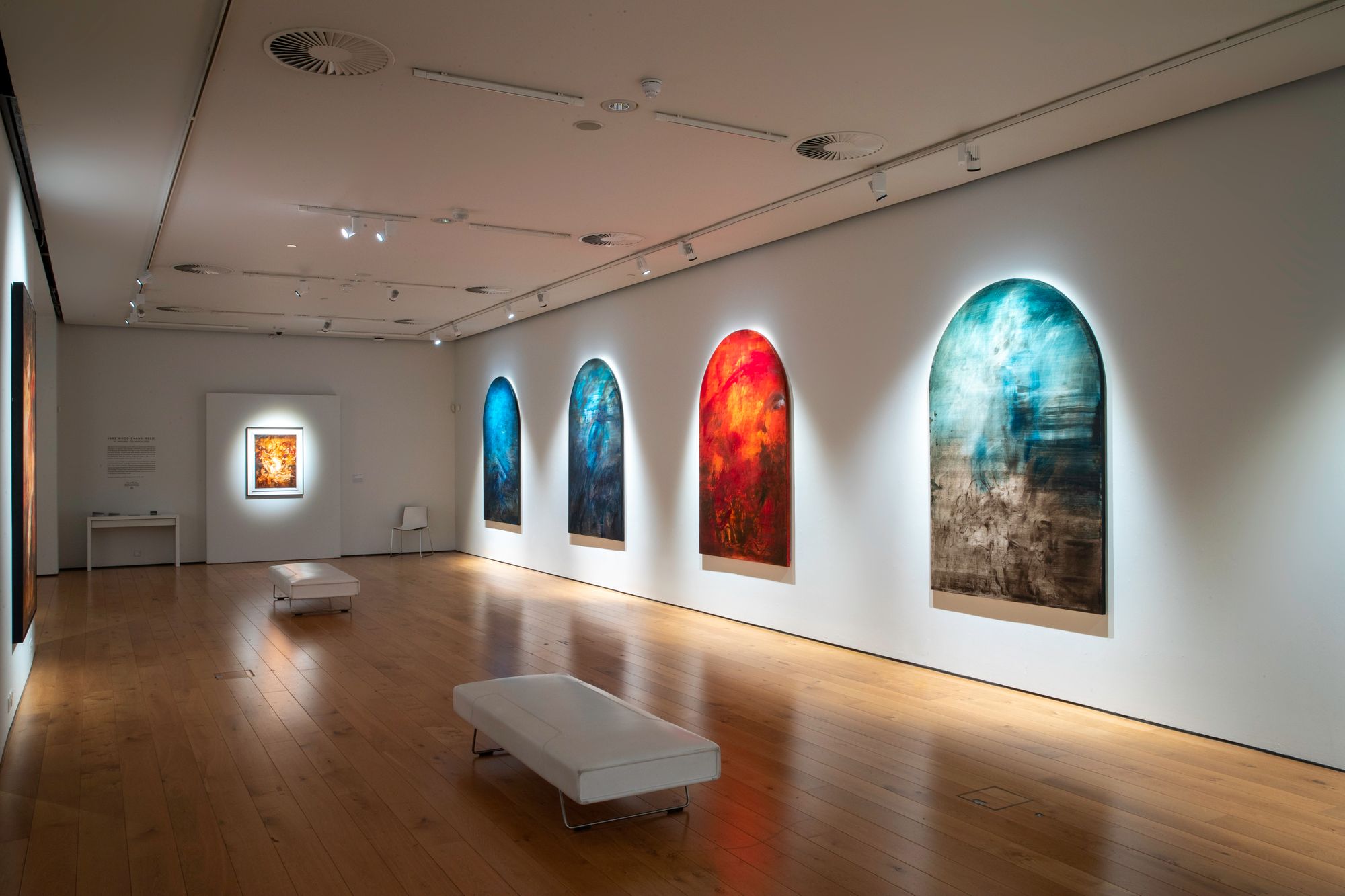
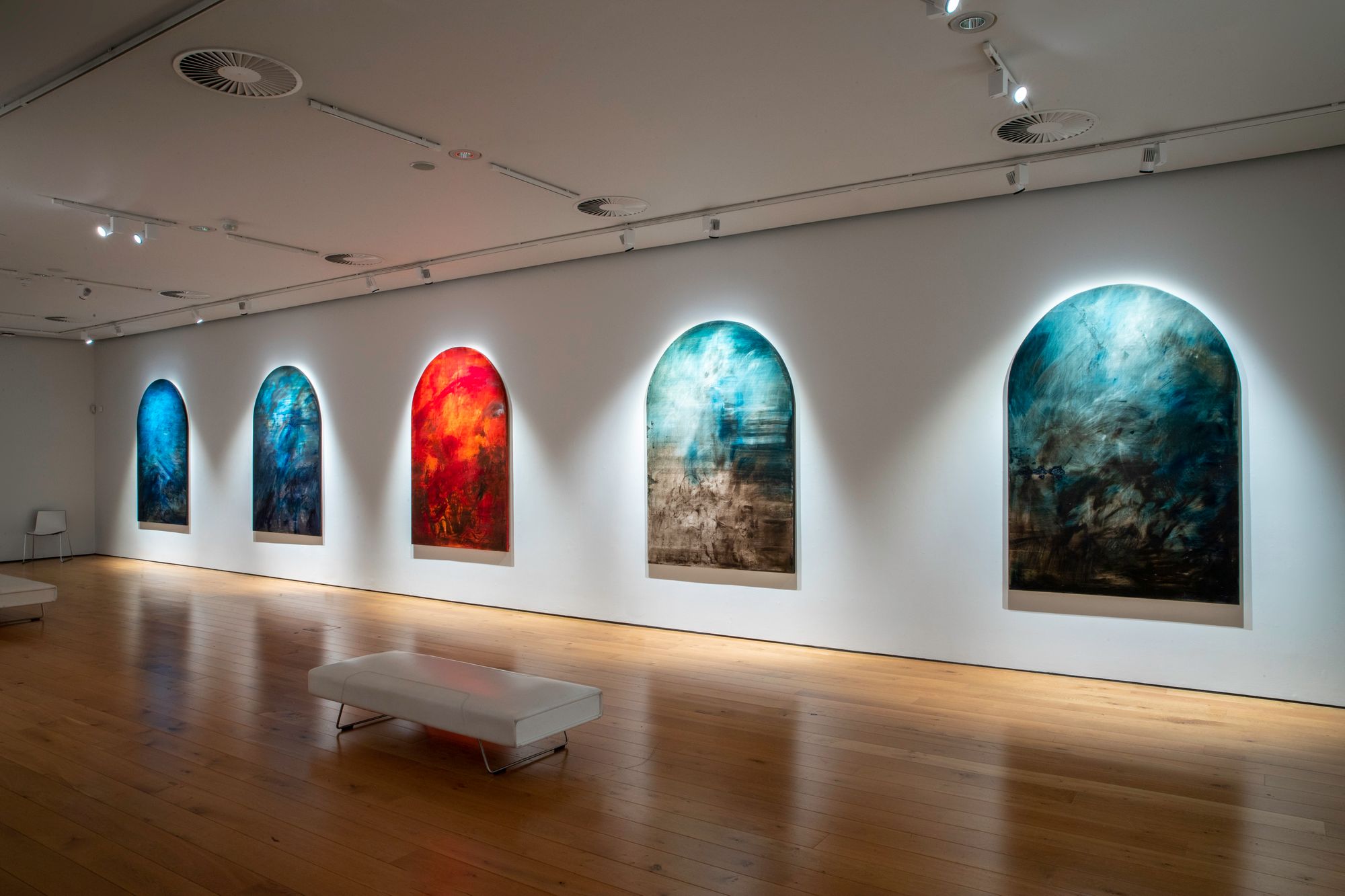
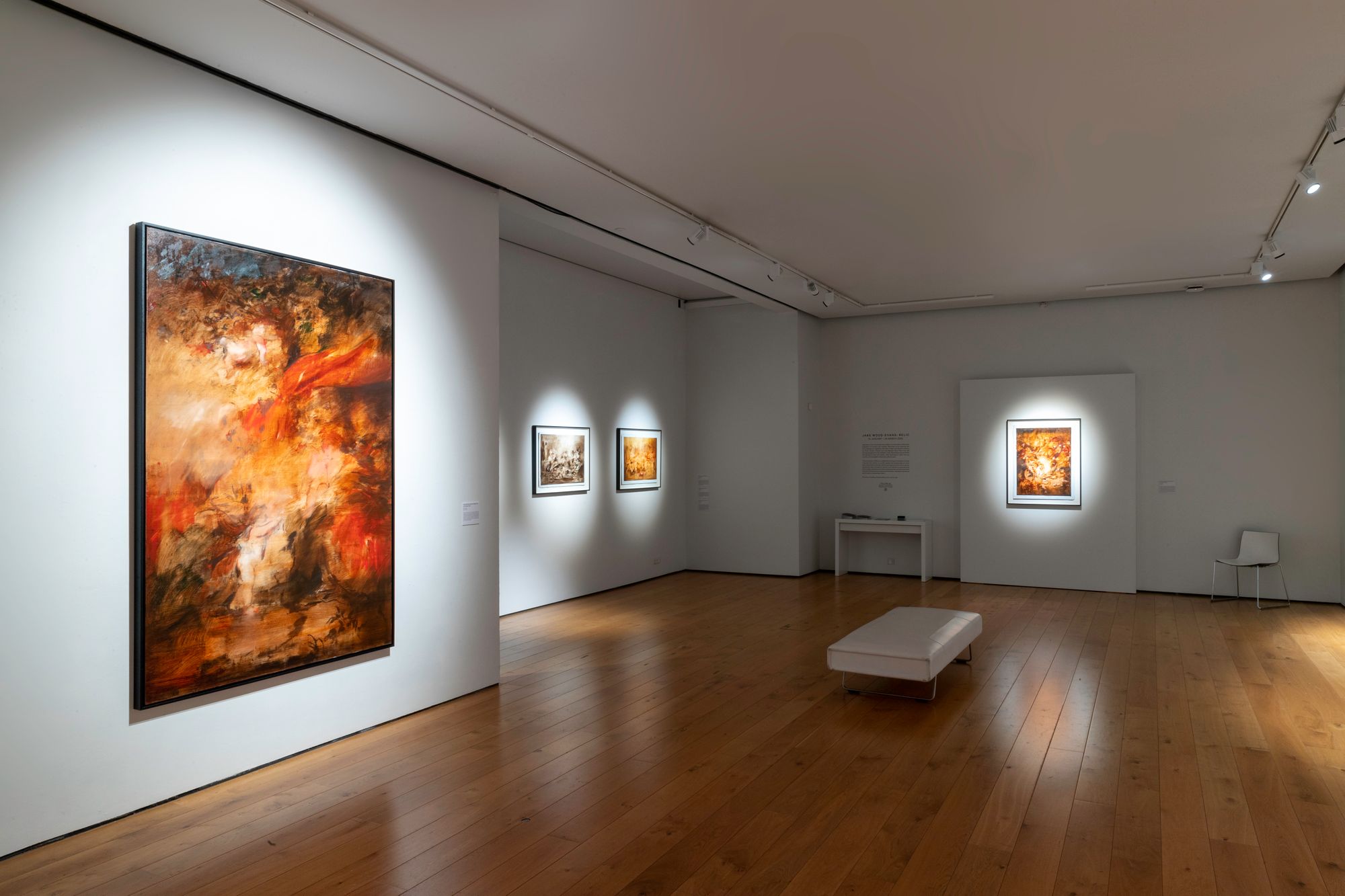
If you have enjoyed Culture on Call and you are able to make a donation, any support you can give will help us keep people connected.


